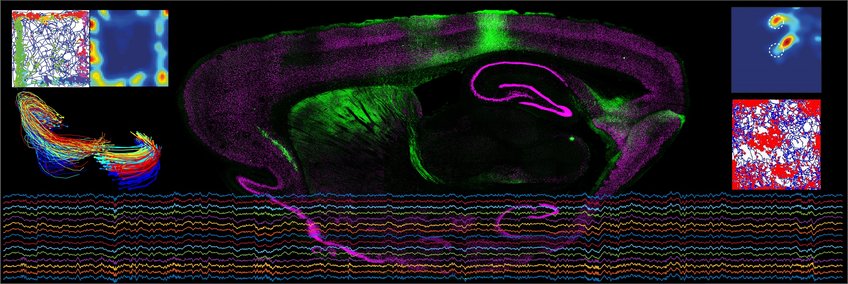
Memory and Navigation Circuits Group
Hiroshi Ito
The brain is not just a machine optimizing response to a given stimulus, but rather can construct its own internal model, enabling planning, simulation, and decision even without direct access to the external world. In accordance with this idea, several species of animals, including rats and humans, can navigate to a desired location in space by relying on the brain’s internal model of the environment, so-called cognitive map. Neurons in the hippocampus and parahippocampal regions, such as place cells or grid cells, are thought to be part of a cognitive map, accurately representing the animal’s position in space during behaviors. However, despite significant progress in our understanding of the formation of such a map, how this map can be used in the brain remains to be largely unclear.
In our research group, we investigate neural circuits for behavioral planning and decisions based on a cognitive map. Specifically, we are interested in how the brain can choose the next spatial goal and simulate possible paths or routes to reach there. To address this question, we design new types of navigation task and implement high-density chronic recordings (by using tetrodes or Neuropixels probes) from navigating rats to monitor hundreds of neurons simultaneously across multiple brain regions. We further combine this recording technique with optogenetics, fiber photometry, and miniscope imaging to understand the information flow between regions and its behavioral causality.
Due to the data complexity, our analyses hugely rely on statistical and machine-learning-based approaches to decipher neural codes. We also work on new analysis techniques to understand information represented in high-dimensional neuronal data and their causal relationships.
Our research focus is not limited to cortical regions. The hippocampus has long been considered to have extensive anatomical interactions with subcortical structures in the thalamus and hypothalamus. We investigate the functional contribution of these subcortical areas, particularly as an anatomical hub coordinating long-range communication between brain regions.